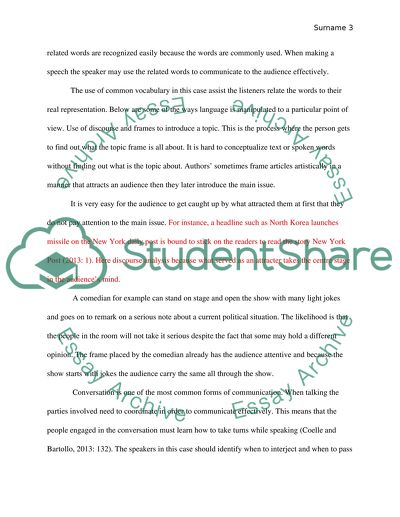Cite this document
(“Linguistics: Discourse Analysis Essay Example | Topics and Well Written Essays - 2750 words”, n.d.)
Retrieved from https://studentshare.org/english/1404618-linguistics-discourse-analysis
Retrieved from https://studentshare.org/english/1404618-linguistics-discourse-analysis
(Linguistics: Discourse Analysis Essay Example | Topics and Well Written Essays - 2750 Words)
https://studentshare.org/english/1404618-linguistics-discourse-analysis.
https://studentshare.org/english/1404618-linguistics-discourse-analysis.
“Linguistics: Discourse Analysis Essay Example | Topics and Well Written Essays - 2750 Words”, n.d. https://studentshare.org/english/1404618-linguistics-discourse-analysis.


